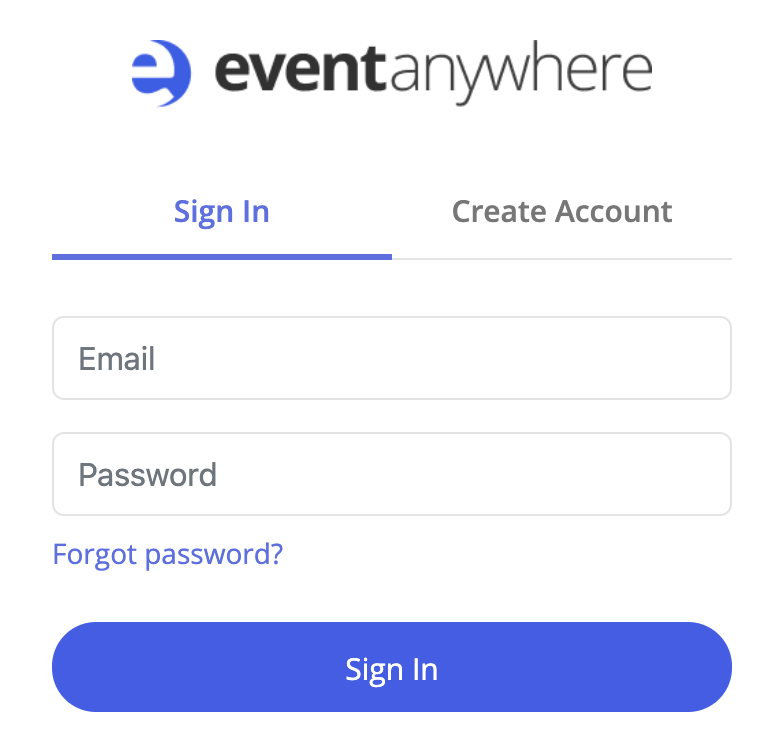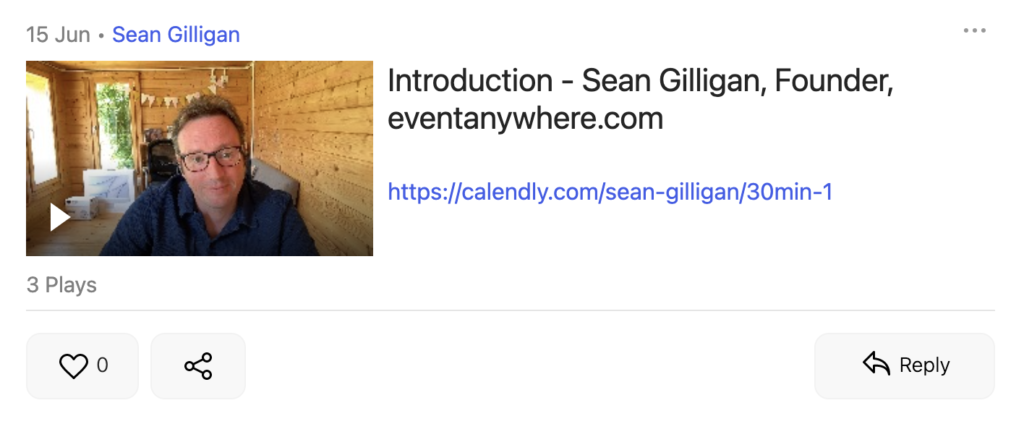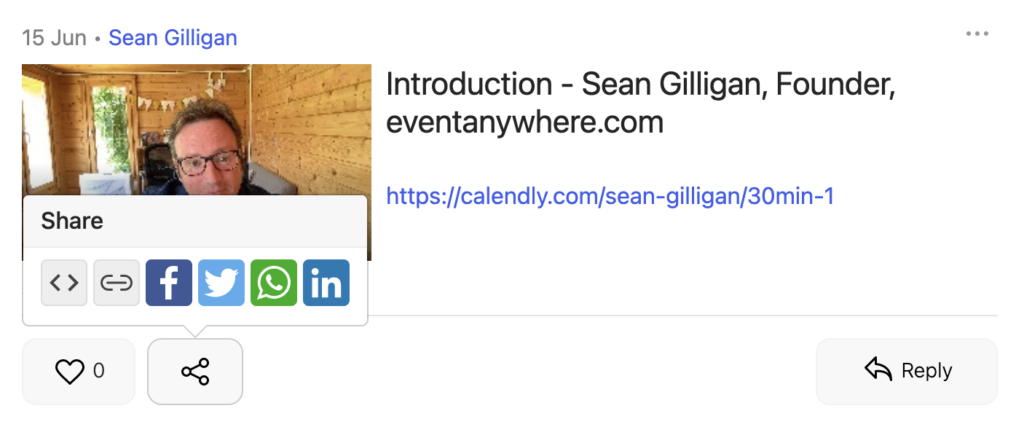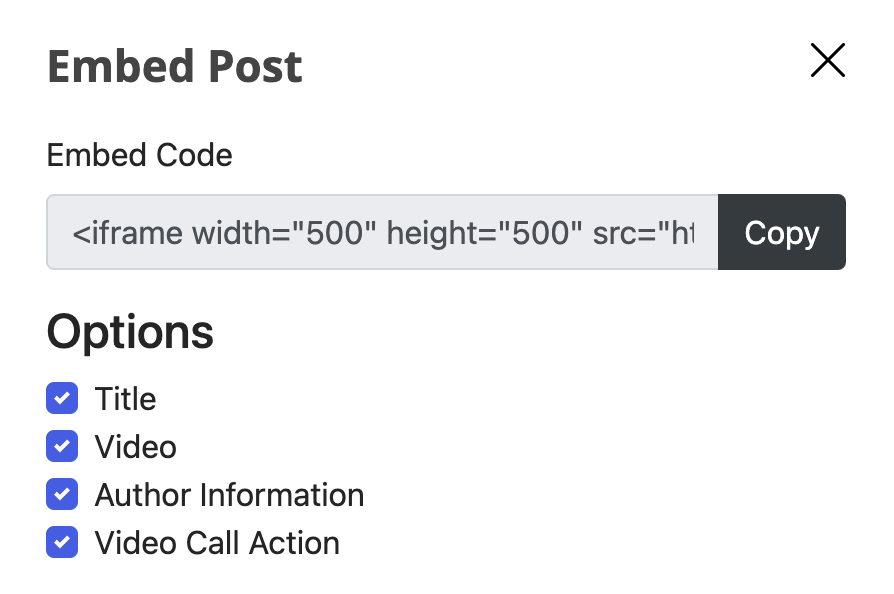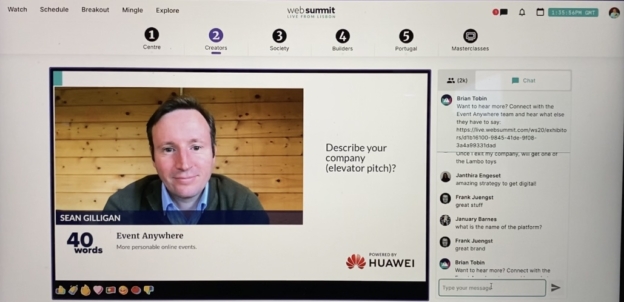Creating and promoting an event can be challenging. The move to online events has made logistics easier with no catering needed, less printed material and less hassle associated with physical venue costs but there are still challenges with people’s level of commitment. When people travel miles to your venue it’s a little harder for them to walk away. However, online events are only one click away from NetFlix, a news website or email inboxes.
What you want is pre-conference and post-event engagement. This could be attendees introducing themselves on the timeline a few days before the event starts. Other participants can then play videos, voice notes or read text bios to see who else will be in attendance. They say the fortune is in the follow-up. Whilst some people will attend the event for learning opportunities many people attend to increase their network, to build partnerships, to buy or to sell.
Online event platforms offer a more seamless experience when it comes to follow-up. In the past, your badge was swiped and business cards were exchanged. You then needed to add the business cards to your CRM. Nowadays you can log in to the virtual event platform and send direct messages, schedule meetings or click to conduct video calls instantly.
The best software platforms are those which people use on a daily basis. Think Gmail, WhatsApp, Facebook, or your Calendar. You want to build a community that not only offers quarterly or monthly events but also a real sense of community. What if your event platform was not just for virtual events but for doing business? What if you had daily events on your platform?
People have less attention when it comes to virtual events so perhaps shorter events are needed. This means people who can’t make a particular date have more options to attend. Of course, the beauty of virtual event platforms is the ability for event organizers to record presentations. This way no shows get to consume content because live content can be reused on-demand. Recordings of videos can be posted to YouTube or hosted on your websites. Audio recordings can be converted into podcasts to expand your reach.
Our vision of a virtual event is that of a virtual community. People log in for both live events and on-demand content. Live video calls are conducted but video messages or voice notes can be sent if people are not online. Live stage presentations can be scheduled but equally, videos can be posted to the timeline for more flexible on-demand consumption. When you use Event Anywhere, you can see who has watched your videos. You can then reach out to them on chat or set up a call.
Between events, it’s as important to bring the group together in a social setting, whether it’s during the preparation of speakers in the green room, introductions of speakers on the timeline, or follow up meetings afterwards.
An online event platform should not only support the live streaming of your event but also pre- and post-conference activities. This way, your platform will not just be a one-off event but a popular destination often frequented by your target audience. When this happens you have a real online community.

